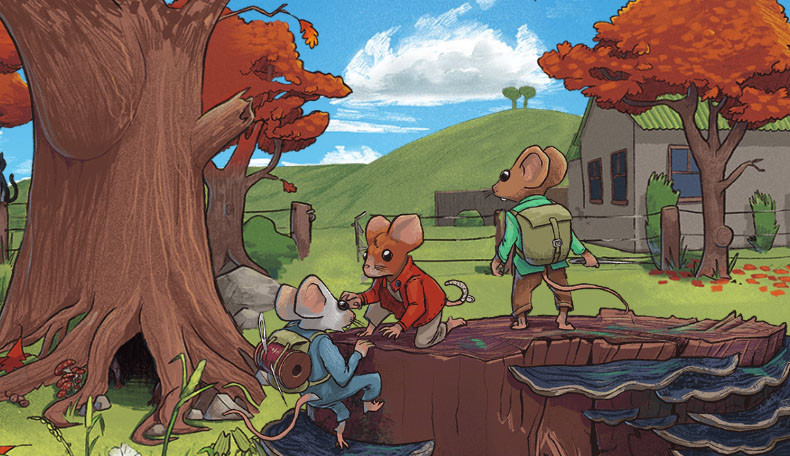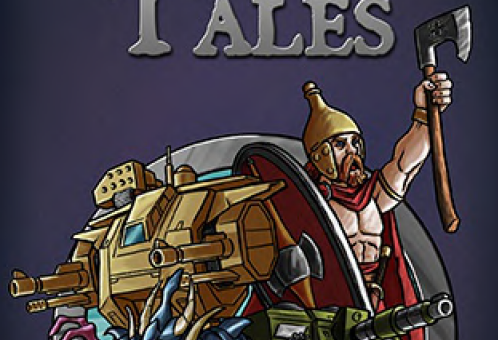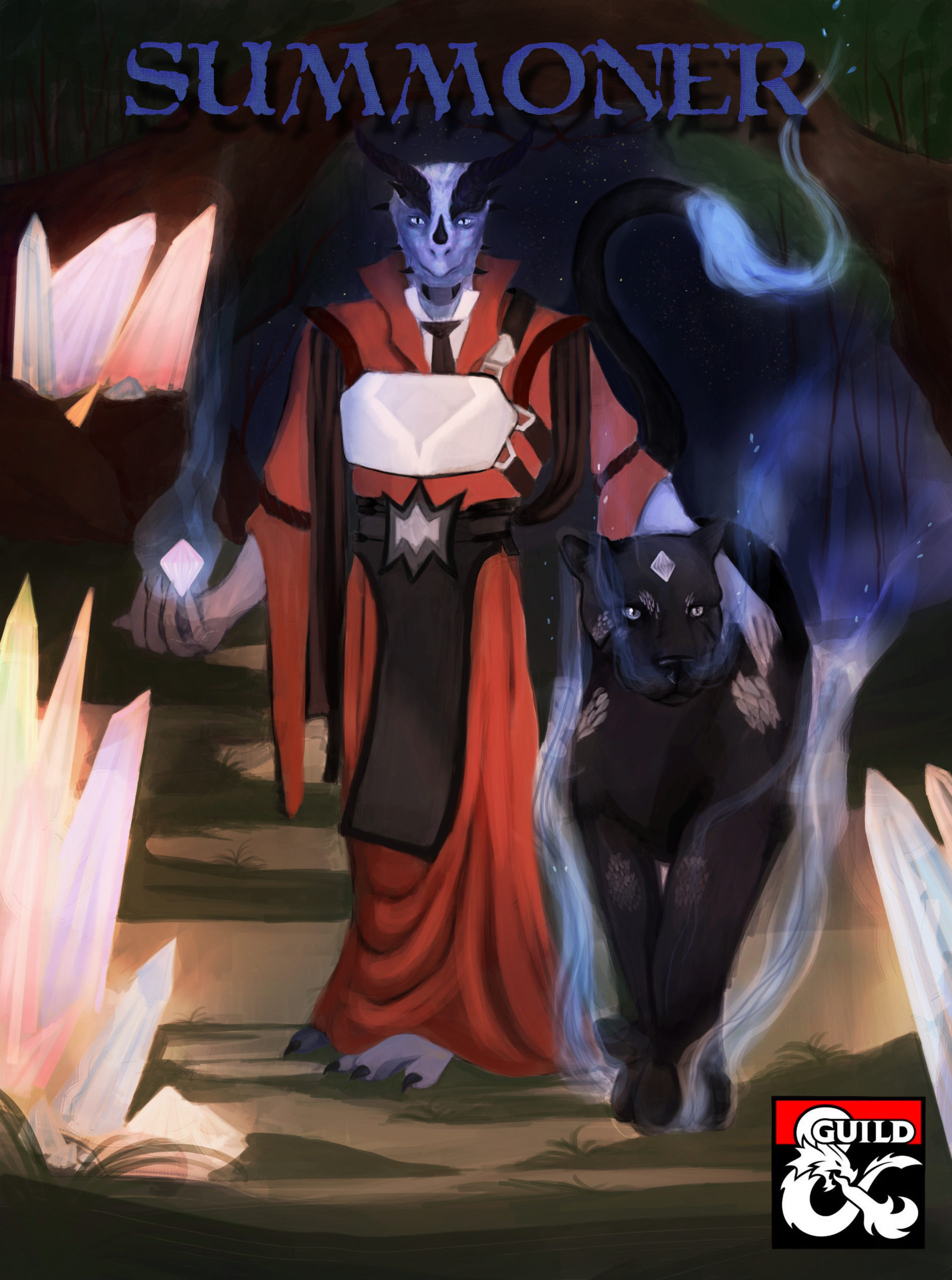Tagged: Tabletop Roleplaying Games
ARC is a rules-light but atmospheric role-playing game. The core of ARC is a doom that can take place on a personal level or plunge the entire world into the abyss. Players take on the roles of heroes that stand against this doom and want to prevent it. The question is whether they are up to the task or the world changes because of their failure.
In Mausritter the players take on the role of little knights in a large and dangerous world. In Mausritter, magic is dangerous, beasts are powerful and the lands are wondrous. We are in a sword and whisker world, although the appearance of the people can change from setting to setting.
The game pays homage to rules regarding a character’s carrying capacity as well as other tropes that arise in games involving dungeons or dungeon crawling. The game itself is gm-less and requires no preparation.
Descent Into Avernus is a scavenger hunt in the true Railroad sense. It’s less about linear storytelling and more about chasing the story through dungeon crawls.
Tricube Tales is a small generic role-playing game that allows us to create a character in a few minutes and just start playing. The setting or genre is neither predetermined nor in the way.
Queen Neri has been murdered and it looks like the small people are responsible. At the same time, Annam, the all-father of the giants, has broken the order of the giants. Every tribe and clan of the giants tries to get into the favour of the god of the giants through deeds and achievements.
Trophy Dark is a horror storytelling game where the players are treasure hunters and set off to a dangerous place (abstractly called the forest, although it can also be a swamp, castle or something else entirely). However, the focus is not on finding treasure (that would be more like Trophy Gold), but on the character’s personal downfall. The game is a play to lose game, where the impending doom, whether death or physical as well as mental change, is in the foreground.
In Ten Candles, the entire group tells a tragic horror story. A story of hope but also of a world before its end. Why together? Because the players and the game master share the right to tell the story at the table. Why tragic? Because no matter how much hope the characters may have, they all find their end in this story.
On 52 pages, the principle of Arium:Create is explained in detail. The authors emphasize that it is a collaborative process and that we are building an Arium by mutual agreement. Therefore, safety tools are recommended via the Lacunae found in Arium. At several points it is pointed out that we consult concerned persons before we make a decision or change an idea with the Creation Tokens. An Arium for all should be created.
Since Pathfinder 3.5 The Summoner has been a favorite class amongst many tabletop rpg players including myself. This summoner has a trusty eidolon by their side, which is their main summons. The Summoner also is capable of summoning several additional monsters to help out in battle. I have seen a few attempts at reconstructing the old Pathfinder class in DnD 5e but the examples I saw tried to mirror the Pathfinder Summoner too closely. Hence, they were stuck with a class that doesn’t really conform to the usual, accepted rule framework of 5e.















